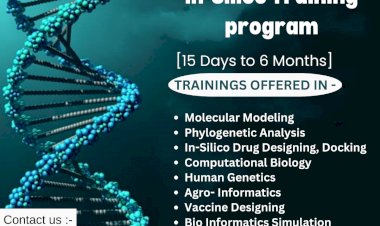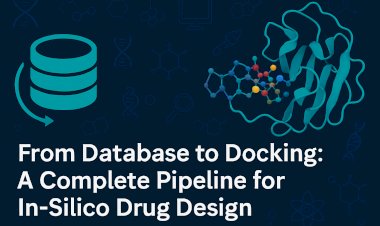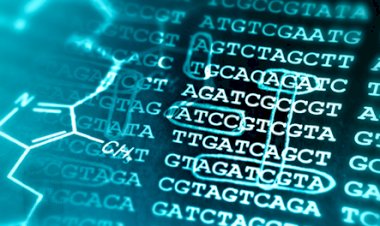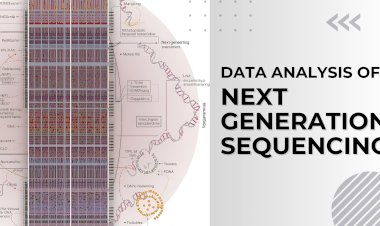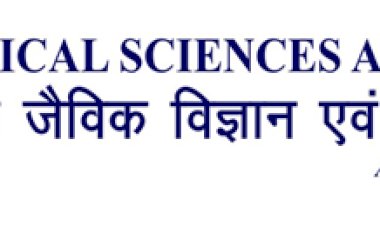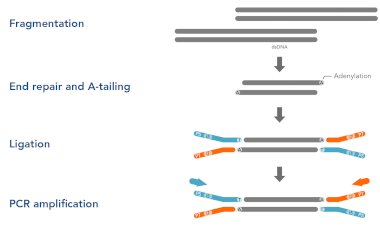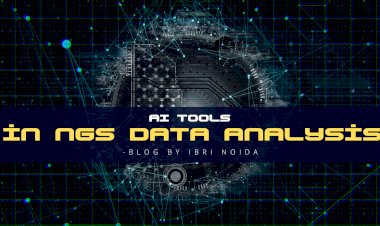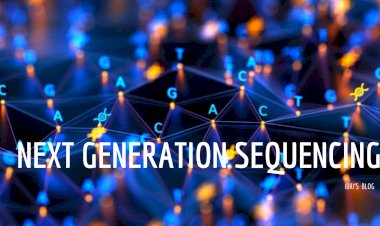BIOINFORMATICS DATABASES AND TOOLS EXPLAINED
Bioinformatics is at the heart of modern biological research, enabling scientists to decode complex biological data with greater precision and speed. In this blog, we explore the most essential bioinformatics databases and tools that researchers rely on across genomics, proteomics, drug discovery, and more. From sequence alignment and molecular modeling to cheminformatics and virtual docking, this guide introduces powerful platforms like NCBI, BLAST, PDB, Swiss-PdbViewer, DrugBank, PubChem, and more. Whether you're a student, researcher, or professional stepping into bioinformatics, this post is your go-to reference for understanding what these tools do and how they empower scientific discovery.

Bioinformatics has rapidly become one of the most transformative fields in modern science. With the explosion of biological data, researchers need powerful tools to analyze, visualize, and interpret complex information at the molecular level. Whether you’re working in genomics, proteomics, drug discovery, or systems biology, mastering the right set of tools is critical for meaningful insights.
In this post, we’ll walk through some of the most essential bioinformatics tools that are shaping biological research today.
NCBI: The Central Hub of Biological Data
The National Center for Biotechnology Information (NCBI) is one of the most widely used platforms in bioinformatics. It hosts a vast array of databases and tools that are indispensable to researchers across the globe. GenBank provides access to nucleotide sequences, while PubMed offers a massive collection of biomedical literature. NCBI also manages BLAST for sequence comparison, and PubChem for chemical information.
If you’re starting any biological research project, chances are you’ll be visiting NCBI frequently—it’s like the Google of bioinformatics.
BLAST: Comparing Sequences with Precision
The Basic Local Alignment Search Tool (BLAST), developed by NCBI, is a cornerstone in sequence analysis. Whether you're comparing DNA, RNA, or protein sequences, BLAST helps identify similarities and relationships. It’s essential for gene annotation, functional predictions, and evolutionary studies.
For instance, if you discover a new gene sequence and want to know what it might do, BLAST can help find similar sequences with known functions.
FASTA: More Than Just a File Format
FASTA is both a file format and a tool used for sequence comparison. As a format, it's the universal standard for storing and sharing nucleotide or protein sequences. As a tool, FASTA was one of the first algorithms developed for sequence alignment.
While BLAST has taken center stage for many applications, FASTA remains a fast and reliable tool for finding similar sequences—especially useful in early-phase research or when working with custom databases.
Protein Data Bank (PDB): Structure Tells a Story
Understanding the 3D structure of proteins can reveal a lot about their function. The Protein Data Bank (PDB) is the primary resource for structural data of biological macromolecules like proteins and nucleic acids. It’s essential for anyone working in structural biology, drug design, or protein engineering.
Accessing and downloading these structures allows researchers to run simulations, visualize binding sites, and even model interactions with potential drugs.
Swiss-PdbViewer: Dive Into 3D Structures
Swiss-PdbViewer (SPDBV) is a user-friendly molecular visualization tool that allows you to explore protein structures downloaded from PDB. It’s particularly useful for homology modeling, active site detection, and visualizing structural mutations.
This software is often the first stop for researchers preparing proteins for molecular docking or studying how mutations affect protein folding.
DrugBank: Where Chemistry Meets Pharmacology
If your research is headed toward drug discovery, DrugBank is a must-know platform. It combines chemical, pharmacological, and pharmaceutical data with detailed information on drug targets. From understanding mechanisms of action to checking drug-drug interactions, DrugBank is a powerful resource for computational drug design and repurposing.
PubChem: Chemical Compounds at Your Fingertips
Also managed by NCBI, PubChem is a comprehensive chemical database containing millions of compound records. You can search for molecular structures, physicochemical properties, biological activities, and more. It’s a great starting point for anyone interested in virtual screening or evaluating the drug-likeness of compounds.
Molinspiration Cheminformatics: Screening for Drug-Likeness
Before a molecule can be considered a potential drug, it has to pass several filters. Molinspiration provides tools to evaluate the physicochemical properties of compounds, including Lipinski's Rule of Five. These tools are key in early-stage drug design, helping predict whether a compound is likely to be bioavailable and effective.
Marvin Sketch: Design and Visualize Molecules
Marvin Sketch is a chemical drawing application that lets you sketch, edit, and analyze molecules. It's perfect for designing ligands, generating 2D/3D structures, or preparing input files for docking simulations. Its intuitive interface and wide file format support make it a go-to tool in cheminformatics and molecular modeling.
Molegro Virtual Docker (MVD): Predicting Molecular Interactions
MVD is a computational docking software used to model the interaction between proteins and small molecules. It’s often used to predict binding affinities, explore docking poses, and simulate interactions at the molecular level. If you're interested in understanding how drugs might interact with specific proteins, MVD is one of the most accessible yet powerful platforms available.
IBRI Noida’s Bioinformatics Online Certification Course
If you’re new to bioinformatics or want to strengthen your foundation, the IBRI Bioinformatics Online Certification Course is an excellent starting point. Offered by the Institute of Biomedical Research & Innovation (IBRI), this 12-month distance-learning program covers core topics like genomics, molecular modeling, drug discovery, biostatistics, and bioinformatics tool applications. The course is specifically designed to offer hands-on training using the very tools mentioned above making it ideal for students, researchers, and working professionals aiming to transition into computational biology or enhance their research skills.
Plus, it comes with expert mentorship, flexible schedules, and certification that adds credibility to your CV in both academic and industry circles.
Wrapping Up
The field of bioinformatics is vast and rapidly evolving. But no matter your area of interest—whether it's genomics, drug development, or molecular biology—these tools form the backbone of modern research. Mastering them not only improves your analytical skills but also opens doors to deeper biological understanding and ground-breaking discoveries.
Whether you're just beginning your journey in bioinformatics or looking to sharpen your toolkit, getting comfortable with these platforms—and pairing it with a structured learning program like IBRI’s—can be your gateway to success in the world of bioscience.








